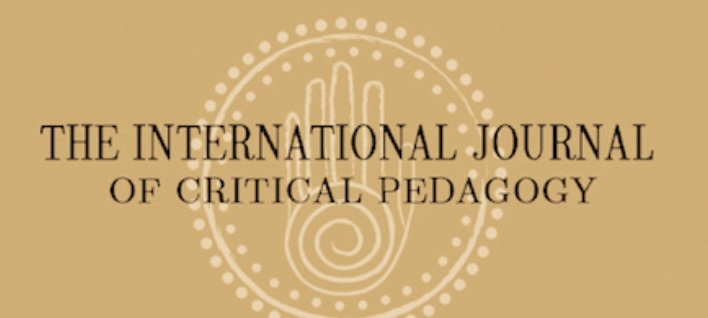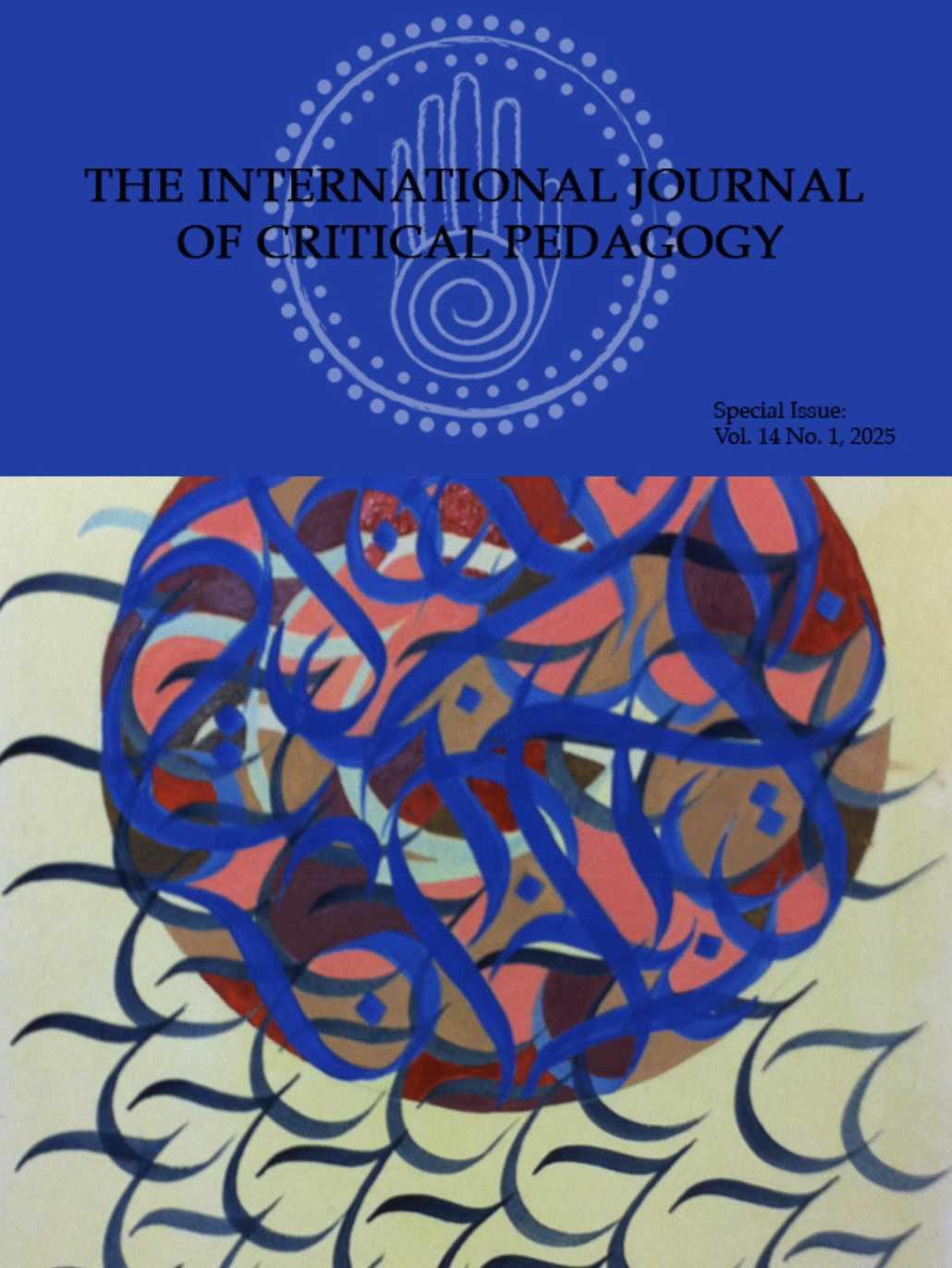Abstract
America has a long history of privileging the color white. Historically racist constructs of color have often positioned “White” as the ideal and “Black” “Brown” “Red” and “Yellow” as the disdained. Whiteness is often associated with ideals of purity, cleanliness, holiness, and spotlessness (http://www.thefreedictionary.com). Of course this type of discourse deeply damages communities of color whose racial identity is not aligned with Whiteness. But this way of thinking also damages members of White communities. Besides breeding a culture of imagined superiority, conceiving White as spotless erases the real imprint of life experience. This way of thinking actually posits White as a blank color. White can be seen as empty, colorless, bare, and plain. White has been a blank slate. But anyone that lives in a snow state knows very well that snow is only white in our imagination. When snow covers our streets it is actually colored gray as a result of its social interactions—the people that walk on it, the cars that drive through it. Life leaves its imprint on the snow. And life also leaves its imprint on people—it gives us color. So what might happen when we provide intentional and deep educational opportunities for White college students to wrestle with issues of cultural identity—to explore the life experiences that give their lives color?
Keywords: Culture, ethnicity, white students
How to Cite:
Jenkins, T. S., (2014) “Snow is Only White in Our Imagination Integrating Cultural Exploration into the Learning Experience for White College Students”, International Journal of Critical Pedagogy 5(2).
Downloads:
Download PDF
View PDF

